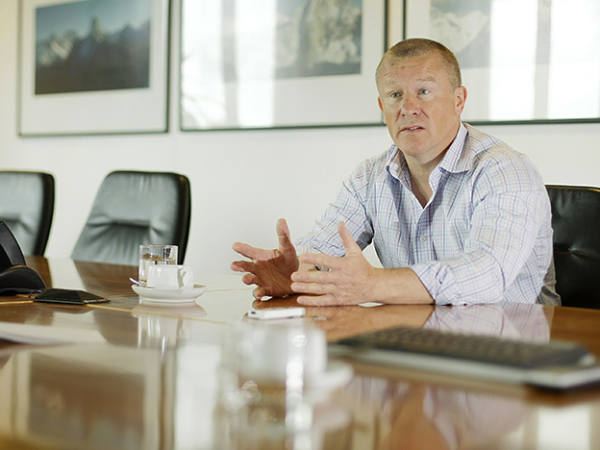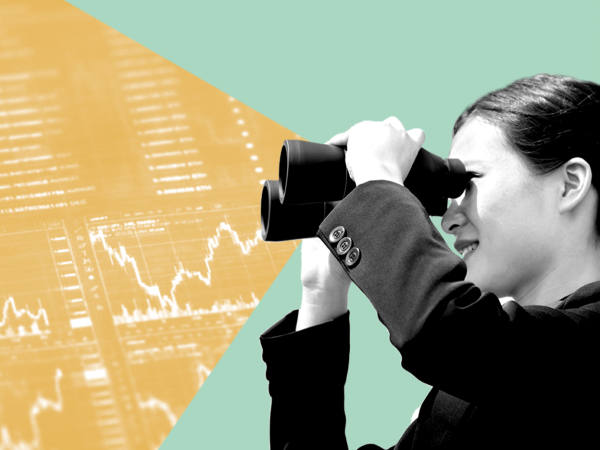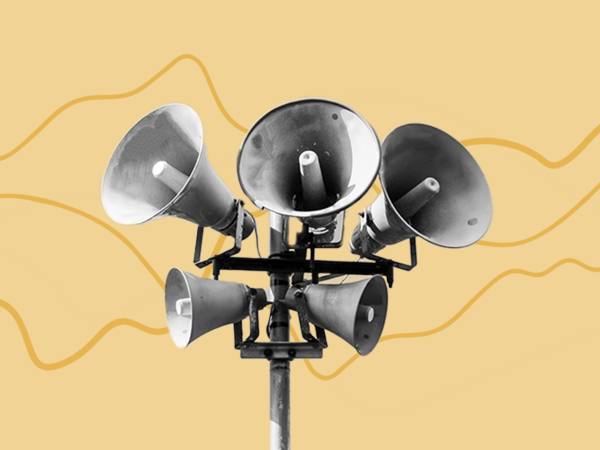- Specialists point to the funds with an appealing long-term theme
- Volatility and construction issues aside, some ETFs still draw the eye
Having enjoyed strong returns and inflows earlier in the pandemic, thematic ETFs have come down to earth with force. Demand for such products has wilted, with flows into thematic ETFs across Europe amounting to €0.6bn (£0.5bn) in the first quarter of 2022, the first quarter since 2019 where they attracted less than €1bn.That reflects some dire performance: to cite some of the hardest hit, the VanEck Crypto and Blockchain Innovators UCITS ETF (DAGB) notched up a brutal paper loss of some 74 per cent in the first half of 2022, while the ETC Group Digital Assets and Blockchain Equity UCITS ETF (KOIP) was down by 67.7 per cent over the same period. As our chart below shows, a good number of other funds have nursed losses of at least 30 per cent over that time – from a sample of around 50 thematic ETFs, just five have ended this six-month period in the black.
These extreme examples lay bare some of the key risks of thematic ETFs. They can have a notable exposure to growth stocks, tech and the US market more broadly, and also tend to focus on overly hyped-up areas. That leads to the following concerns: that they expose investors to a trend or sector just as demand and valuations peak, that portfolio construction techniques can leave them either overly concentrated or only tangentially focused on a set theme, and that they require a high level of due diligence. This is why thematics have once again had a limited showing in the latest IC Top 50 ETFs list (IC, 8 July 2022).
But if research has pointed to their failings, we do appreciate that such products can fill gaps in portfolios and are increasingly important to certain investors. We also note that some themes may have the longevity to reward investors in the longer term, even if the ups and downs can be severe. So while not many thematics have made our latest list, we have followed the convention of the last two editions by outlining the options currently exciting our expert panel.
New names
To start with names mentioned before, the four thematic ETFs on our list are the iShares Automation & Robotics UCITS ETF (RBTX), the iShares Ageing Population UCITS ETF (AGES), the iShares Global Clean Energy UCITS ETF (INRG) and the iShares Digitalisation UCITS ETF (DGIT). While overly representative of the market’s biggest provider, they all offer exposure to long-term themes in funds that are large and liquid. Separately our panel has again highlighted the merits of the Rize Sustainable Future of Food UCITS ETF (FOGB), which seeks out companies involved in the “accelerating transition to more sustainable food production systems and consumption patterns and thereby safeguarding our nature and ecosystems”.
The new funds mentioned this time around vary, from timely offerings to recent launches, and some names that might work as alternatives to those four in our list. Lynn Hutchinson, head of passives at Charles Stanley and one of the expert panellists reviewing this year’s list, has pointed to several strategies offered by Legal & General Investment Management. Our judge praises this outfit for the due diligence it conducts on thematic products, including regular reviews of what the different funds hold and how appropriate this may be.
Some of these serve as alternatives to funds in our top 50 list. Hutchinson prefers the L&G Robo Global Robotics and Automation UCITS ETF (ROBG) to the iShares fund with the same remit, citing the provider's due diligence efforts. The two funds have had fairly similar poor performance in the short term, but some differences are notable. While both have fairly small position sizes, the iShares fund has a much wider spread of holdings, with 161 shares in the fund as of early July compared with 81 in the L&G fund at the end of May.
The L&G fund's remit does sound more targeted: while the iShares ETF targets companies developing technology in automation and robotics, its rival sets out specific subsectors of technology, including sensing, processing, computing and artificial intelligence, and applications, which can include 3D printing, logistics automation and consumer products, among other things. However, investors pay up for the L&G approach: ROBG has a fee of 0.8 per cent, a steep charge even for a specialist ETF and double the 0.4 per charge on RBTX.
Other options
Hutchinson continues to favour the L&G Battery Value Chain UCITS ETF (BATG) that we mentioned in our 2020 article on thematic options. However she also highlights the L&G Hydrogen Economy UCITS ETF (HTWG) that came to market in early 2021. A portfolio of just 29 holdings focused on a promising but immature sector, this can be a volatile holding and has certainly struggled in the recent sell-off. It also has competition from two other relatively new funds, the VanEck Hydrogen Economy UCITS ETF (HDGB) and the Global X Hydrogen UCITS ETF (GXEU). The L&G fund is the cheapest and largest name here, with more than $500mn in assets and a fee of 0.49 per cent compared with 0.55 per cent for the VanEck fund and 0.5 per cent for the Global X option.
Hutchinson notes that the Global X fund is "tiny", which can bring issues such as lower liquidity and higher trading costs. The L&G and VanEck funds have notable overlap, but while both are highly concentrated the VanEck fund has some much punchier position sizing – including an 11.8 per cent allocation to Plug Power (US:PLUG) as of 7 July.
To end with something timely, Top 50 ETFs panellist and IpsoFacto Investor chief executive David Liddell argues that buyers could use a more granular form of commodity exposure, pointing to the WisdomTree Agriculture ETC (AGAP) as a “pure agriculture play”. Similarly, last year we did highlight iShares Agribusiness UCITS ETF (SPAG) as an option. A rare strong performer among thematic and sector ETFs in recent times, it has made a return just shy of 10 per cent in the first half of 2022 and is up by nearly a fifth in the year to the end of June.
The fund targets diversified exposure to the global agriculture sector, with around 75 holdings, and most of its assets in either consumer staples or materials stocks. Yet the portfolio may be less diversified than it seems, with 60 per cent of assets tied up in the top 10 and three positions each making up more than 9 per cent of the fund. This may well remain a niche position given its specialist approach, as well as the big gains it has made and could well give up. As Liddell warns in relation to his original agriculture fund suggestion, investors could find themselves "late to the party" here.












